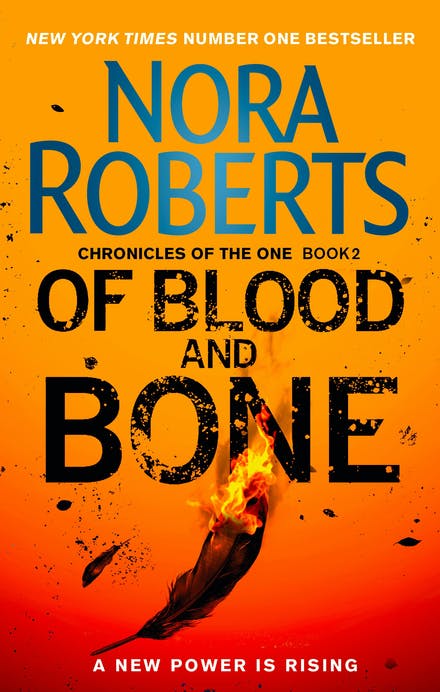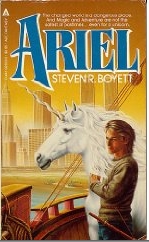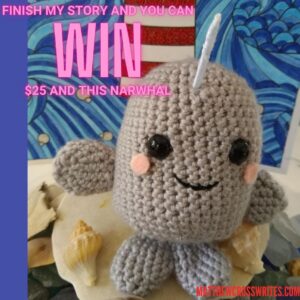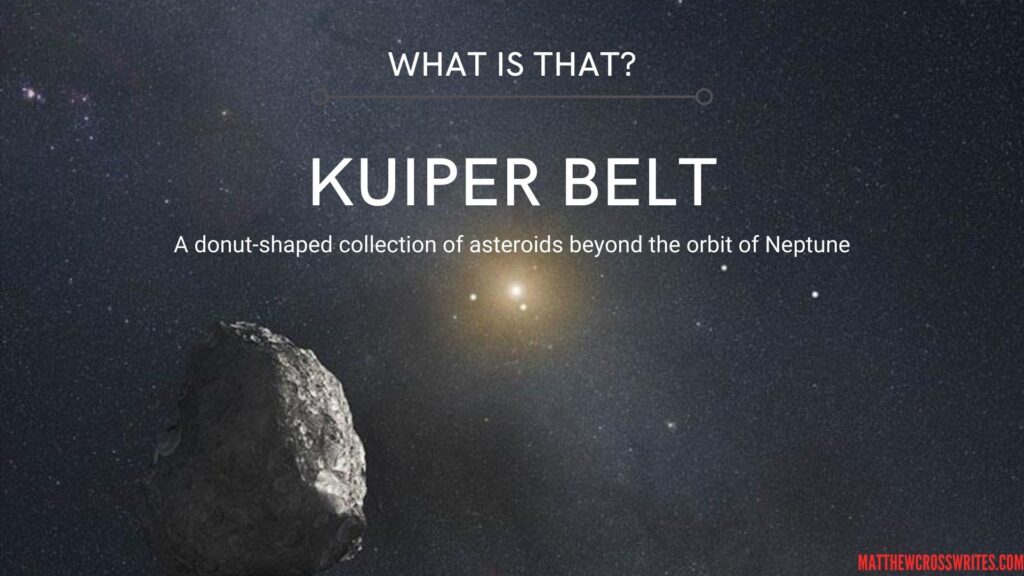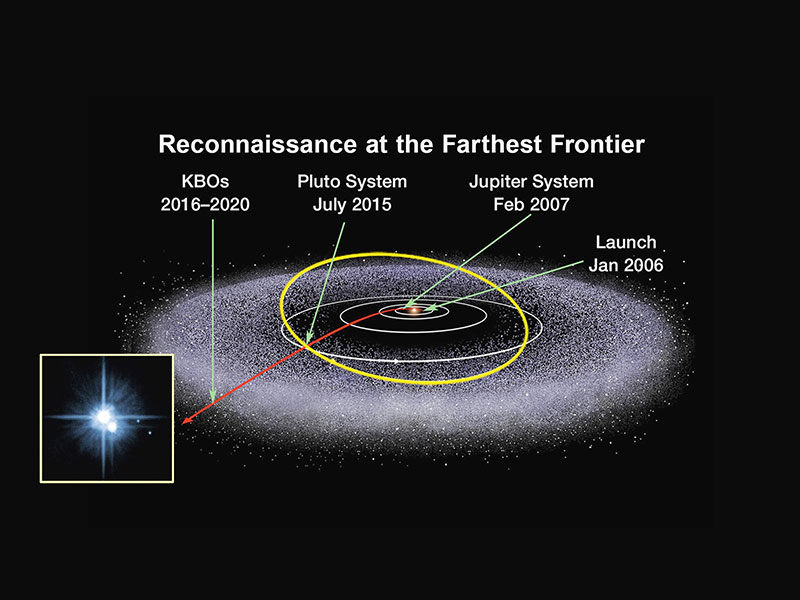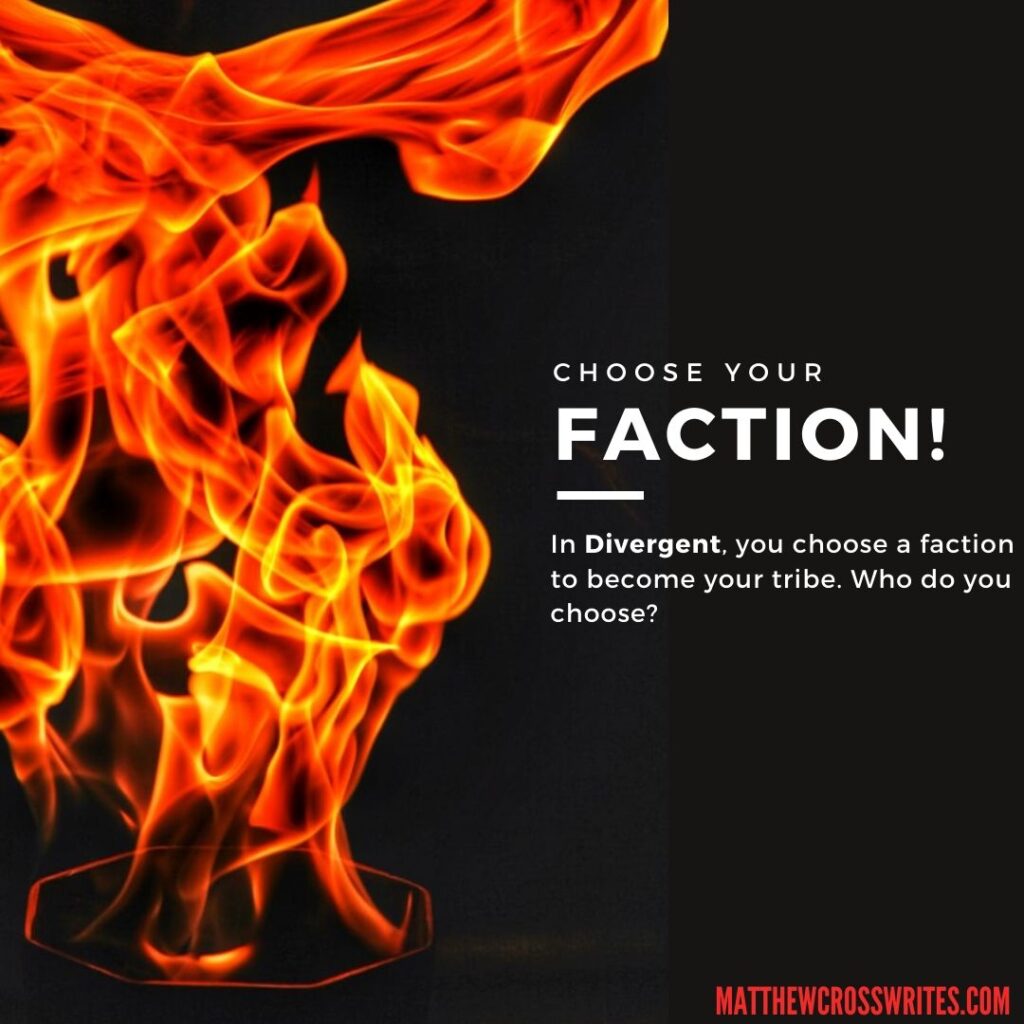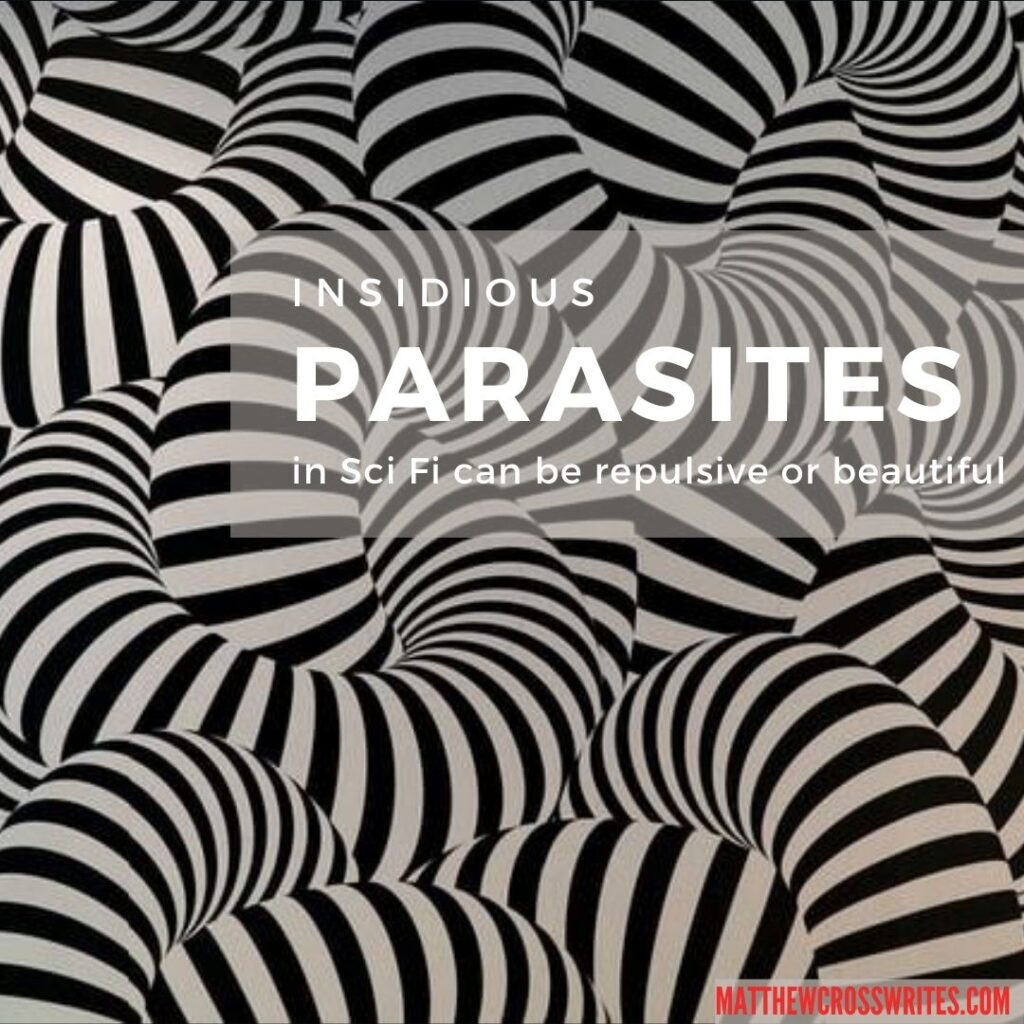
N.K. Jemisin designs a horrific parasitic overlord
N.K. Jemisin, a winner of both Hugo and Locus awards, writes about human-designed parasites that took over the world in her short story, “Walking Awake” in the 2019 short story collection Sunspot Jungle: The Ever Expanding Universe of Fantasy and Science Fiction, Vol. 1.
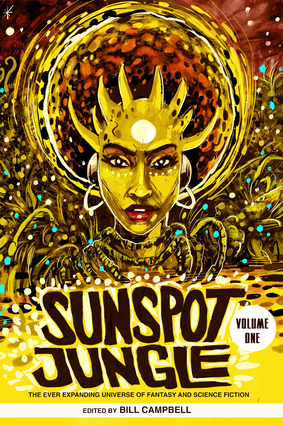
“They were created from other things. Parasites–bugs and fungi and microbes and more–that force other creatures to do what they want.” Most human bodies on Earth are controlled by the parasites, called the Masters, and the remaining humans serve them. The parasite itself has waving head-tendrils and a stinger.
When a Master needs a new human host, it visits a transfer center, where human hosts are raised. The transfer is gruesome and painful for the old host and the new one.
“When the Master came in and lay down on the right-hand table, [the girl] Ten-36 fell silent in awe. She remained silent, though Sadie suspected this was no longer due to awe, when the Master tore its way out of the old body’s neck and stood atop the twitching flesh, head-tendrils and proboscides and spinal stinger steaming faintly in the cool air of the chamber. Then it crossed from one outstretched arm to the other and began inserting itself into Ten-36. It had spoken the truth about its skill. Ten-36 convulsed twice and threw up; but her heart never stopped, and the bleeding was no worse than normal.”
Stephenie Meyer imagines beautiful, peaceful parasitic creatures
Stephenie Meyer, who wrote the paranormal Twilight Saga, also wrote a beautiful Sci Fi novel, The Host. The parasites have taken over the dominant species on at least seven worlds. Earth was one of their most recent conquests, but only a few human rebels remain.
The parasites, which call themselves “souls,” also have a procedure in a lab-like setting where they insert a parasite into a human body, but the human body is unconscious and the procedure seems much more peaceful.

“[The Healer] Fords concentrated on the unconscious body; he edged the scalpel through the skin at the base of the subject’s skull and with small, precise movements, and then he sprayed on the medication that stilled the excess flow of blood before he widened the fissure. Fords delved delicately beneath the neck muscles, careful not to injure them, exposing the pale bones at the top of the spinal column.”
. . . .
“[The assistant] Darren’s hand moved into view, the silver gleam of an awaking soul in his cupped palm.”
“Fords never saw an exposed soul without being struck by the beauty of it.”
“The soul shone in the brilliant lights of the operating room, brighter than the reflective silver instrument in his hand. Like a living ribbon, she twisted and rippled, stretching, happy to be free of the cryotank. Her thin, feathery attachments, nearly a thousand of them, billowed softly like pale silver hair. Though they were all lovely, this one seemed particularly graceful to Fords Deep Waters.”
. . . .
“Gently, Darren placed the small glistening creature inside the opening Fords had made in the human’s neck. The soul slid smoothly into the offered space, weaving herself into the alien anatomy. Fords admired the skill with which she possessed her new home. Her attachments wound tightly into place around the nerve centers, some elongating and reaching deeper to where he couldn’t see, under and up into the brain, the optic nerves, the ear canals. She was very quick, very firm in her movements. Soon, only one small segment of her glistening body was visible.”
Design your own parasite
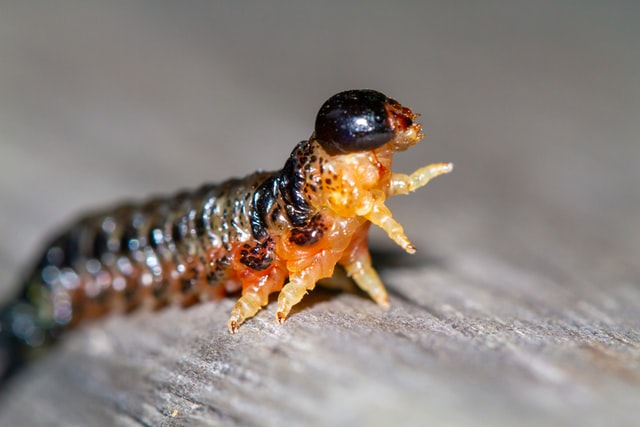
- Will it possess humans, cats, elephants?
- Will it look horrific or strangely beautiful?
- Will the host remain conscious? What will it think?
Please post your comments below.
Be stellar!
Matthew Cross




